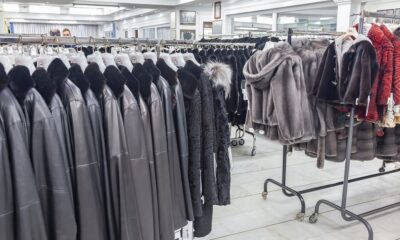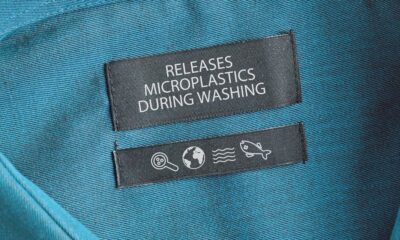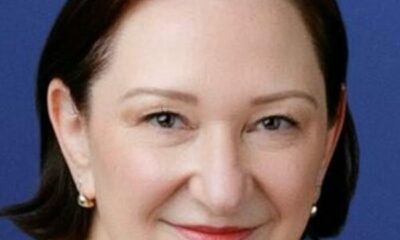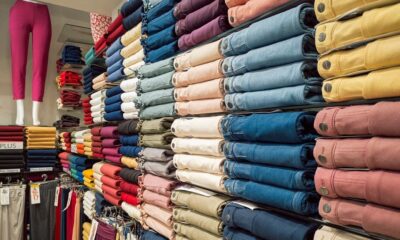Fashion
Tapestry plummets with tariff costs weighing on profit outlook
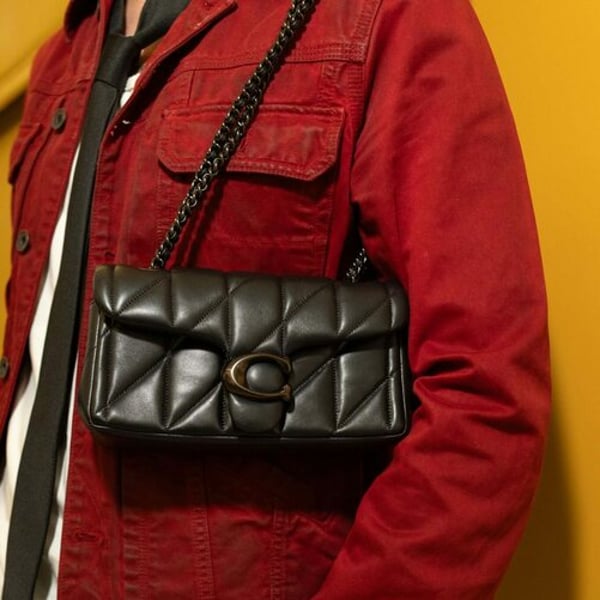
By
Bloomberg
Published
August 14, 2025
Tapestry Inc.’s annual outlook for a key profit metric missed analysts’ forecasts due in part to tariffs, a sign that Wall Street is still adjusting to the full cost of duties for US companies.
The owner of Coach and Kate Spade said it’s expecting earnings per diluted share between $5.30 to $5.45 in the current fiscal year. That would be a 4% to 7% increase versus the prior year. Analysts in a Bloomberg survey were expecting the profit metric to reach $5.49.
The difference likely lies in tariffs. Tapestry’s EPS outlook includes a negative impact of 60 cents from higher duties, the company said in a statement Thursday. It’s not clear that Wall Street has fully accounted for those costs.
Shares of Tapestry fell 17% in premarket trading. The stock had gained about 74% this year through Wednesday’s close. That hit tariffs represents about $160 million in extra costs in the current fiscal year, Chief Financial Officer Scott Roe said in an interview.
The “new information” on tariffs, he said, will have a “significant” effect in the current fiscal year. Still, Tapestry has “strong confidence in our ability to mitigate the impact of tariffs over time.” The handbag maker’s outlook for the year is “prudent given the backdrop,” Roe added.
Tapestry is forecasting revenue of nearly $7.2 billion in the current fiscal year that’s expected to end in June, slightly above analysts’ expectations of $7.12 billion. That excludes sales from shoe brand Stuart Weitzman, which Tapestry sold after it didn’t generate much revenue. That figure would be a mid-single-digit percentage increase in sales versus the prior year, the company said.
Offloading Stuart Weitzman will enable Tapestry executives to spend more time and resources on increasing sales at Coach and turning around Kate Spade. Revenue at Coach rose 13%, excluding currency fluctuations, and fell 13% at Kate Spade in the most recent quarter that ended on June 28.
“Coach outperformance continues,” Tapestry Chief Executive Officer Joanne Crevoiserat said in the interview. “We’re well ahead of the industry and we’re doing that at exceptional margins.” Sales at Coach have accelerated in the current quarter, she added. At Kate Spade, Crevoiserat said, “the work to reset the brand is underway.”
Coach was listed as the fifth hottest fashion brand as of June, according to the closely watched Lyst Index. Its Tabby and Brooklyn bags are top sellers and have been spotted on celebrities, while its cherry bag charm is a popular and less expensive purchase for shoppers.
Most of the brands at the top of the Lyst Index are European fashion houses such as Miu Miu, Loewe, Prada and Moncler. Coach and Ralph Lauren, at No. 11, are among the few US names on the list and have been able to successfully compete with more expensive European luxury labels even as the two companies have consistently raised prices in recent years.
Both brands’ prices are cheaper than many of their European peers, which makes their high-end products more accessible to a wider range of shoppers, helping to boost sales, executives have said.
The brands’ popularity “suggest a healthy outlook to support market-share gains and operating margin via full-price sales, even amid increased price sensitivity, low consumer confidence and tariff risk,” Bloomberg Intelligence analysts Deborah Aitken and Andrea Ferdinando Leggieri wrote in a recent research note.
Fashion
Bangladesh’s RMG exports up 4.7% in Q1 FY26, but Sept shipments dip
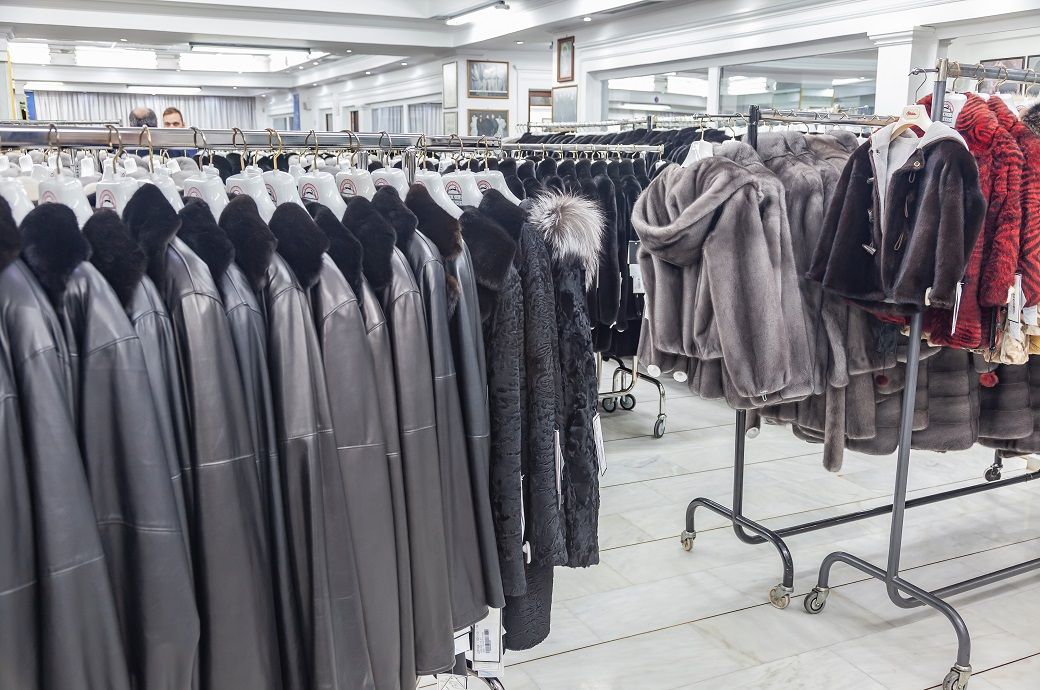
Woven garment exports slightly outpaced knitted garment exports in terms of growth. Knitwear exports (Chapter **) rose by *.** per cent to $*.*** billion, compared to $*.*** billion in the same period of fiscal ****–**. Woven apparel exports (Chapter **) increased by *.** per cent to $*.*** billion, up from $*.*** billion in July–September ****, EPB data showed.
Home textile exports (Chapter **, excluding ******) also grew, rising by *.** per cent to $***.** million, compared to $***.** million in the same period of the previous fiscal. Collectively, exports of woven and knitted apparel, clothing accessories, and home textiles accounted for **.** per cent of Bangladesh’s total exports, which stood at $**.*** billion during the period. Higher demand for diversified and value-added textile products supported this growth.
Fashion
Dutch manufacturing flat in August, up 1.7% from July: CBS
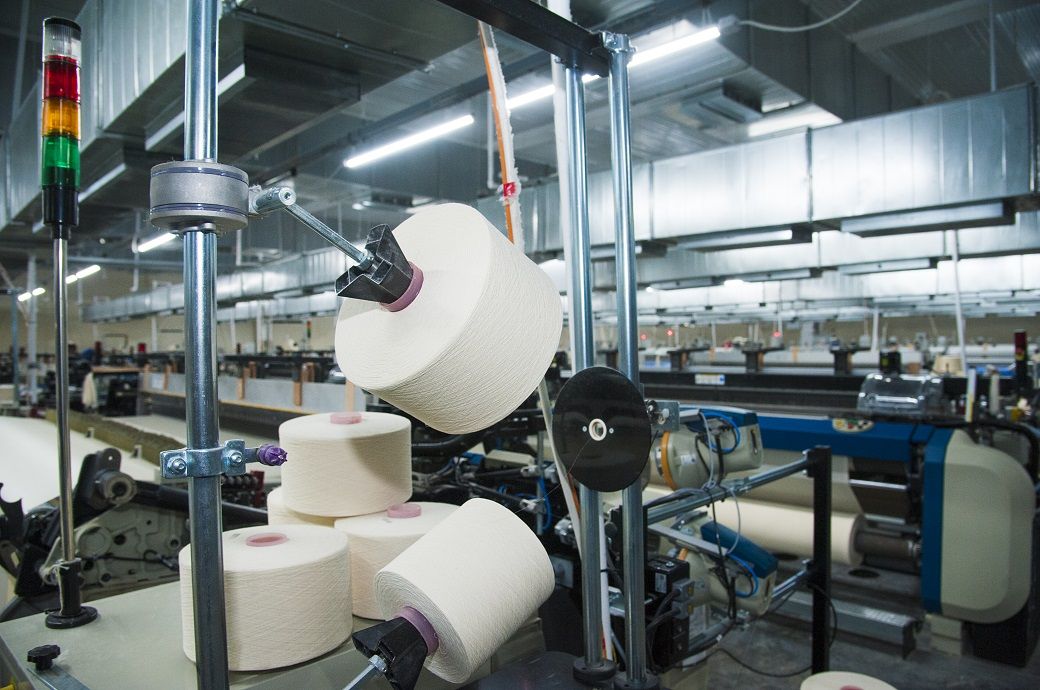
Slightly more than half of the various industrial sectors produced less than they did one year previously. Of the eight largest industrial sectors, output rose the most sharply in the repair and installation of machinery, while it fell the most sharply in the transport equipment industry.
A more accurate picture of changes in short-term output is obtained when the figures are adjusted for seasonal effects and the working-day pattern. After adjustment, manufacturing output rose by 1.7 per cent in August relative to July, CBS said in a press release.
In August 2025, Dutch manufacturing output remained unchanged year-on-year, although output declined in over half of the industrial sectors.
After seasonal adjustment, output rose by 1.7 per cent compared to July.
The strongest growth was seen in the repair and installation of machinery, while transport equipment recorded the sharpest decline.
After adjusting for seasonal and working-day effects, manufacturing output often fluctuates significantly. In the spring of 2020, output declined rapidly, reaching a low point in May 2020. This was followed by an upward trend until May 2022. The trend has reversed since then.
Producer confidence was less negative in September than it was in August. Manufacturers were more positive regarding output for the next three months, in particular.
Germany is an important market for the Dutch manufacturing sector. In September, German manufacturers were more negative than they were in August, as reported by Eurostat. In August, the calendar-adjusted output of the German manufacturing sector was down by 5.1 per cent, year on year. Relative to July, output fell by 5.5 per cent, as reported by Destatis.
Fibre2Fashion News Desk (RR)
Fashion
ADB commits $82.5 mn to drive Cambodia’s energy transition
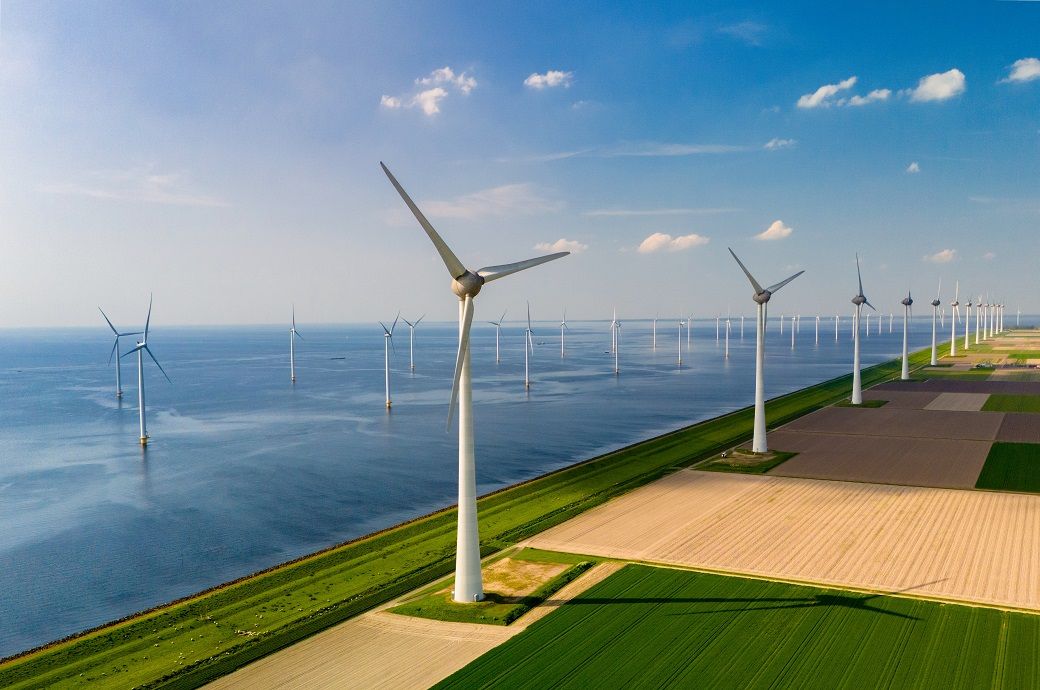
The first subprogramme, approved in 2022, introduced pivotal policy measures that guided the energy sector toward a more efficient and renewable development pathway. Building on this foundation, subprogramme 2 advances regulatory reforms to strengthen the energy efficiency framework and enhance policy clarity to attract private sector investment. A key milestone under the subprogramme is the introduction of the country’s first set of regulations establishing Minimum Energy Performance Standards for electrical appliances, starting with air conditioners, which account for the largest share of energy consumption in the residential sector, ADB said on its website.
Subprogramme 2 will also establish an Energy Efficiency Revolving Fund aimed at facilitating access to finance for local small and medium-sized enterprises (SMEs) to invest in energy-efficient technologies. The revolving fund will be set up through a financial intermediation structure to enable local banks to extend loans to SMEs for energy efficiency investments. By mobilizing domestic financial institutions and supporting SMEs, the revolving fund is expected to accelerate the nationwide scale-up of energy efficiency investments.
Asian Development Bank (ADB) has approved $82.5 million for Phase 2 of Cambodia’s Energy Transition Sector Development Programme to support clean energy through policy reforms and investments.
The programme introduces energy efficiency standards, establishes a revolving fund for SME financing, and also aims to attract private investment.
“ADB is honoured to support Cambodia in its ambitious and transformative journey in the energy sector. Through a comprehensive reform package, combining policy support with strategic investments, the Energy Transition Sector Development Programme will support turning the government’s ambitious vision into reality,” said ADB acting country director for Cambodia Anthony Gill. “This includes the goal of achieving 70 per cent renewable energy in the power mix by 2030, along with a strong commitment to advancing energy efficiency, which is essential to ensure that Cambodia’s growth remains both sustainable and affordable.”
Subprogramme 2 will be followed by a third phase in 2027, which will further deepen reforms by expanding the energy efficiency regulatory framework and introducing technical standards for renewable energy, buildings, and industry to further attract private sector investment.
Fibre2Fashion News Desk (RR)
-

 Tech6 days ago
Tech6 days agoI’ve Tested Countless Mesh Systems. Here Are the Routers I Recommend
-

 Tech1 week ago
Tech1 week agoAmazon Prime Big Deal Days Is Next Week, but We Already Found 40 Early Deals
-

 Tech1 week ago
Tech1 week agoAmazon is overhauling its devices to take on Apple in the AI era
-

 Tech6 days ago
Tech6 days agoJony Ive Says He Wants His OpenAI Devices to ‘Make Us Happy’
-
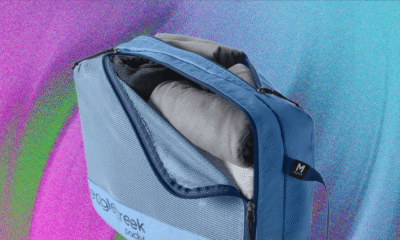
 Tech1 week ago
Tech1 week agoAll Hail the Surprisingly Versatile Packing Cube! These Are Our Favorites
-
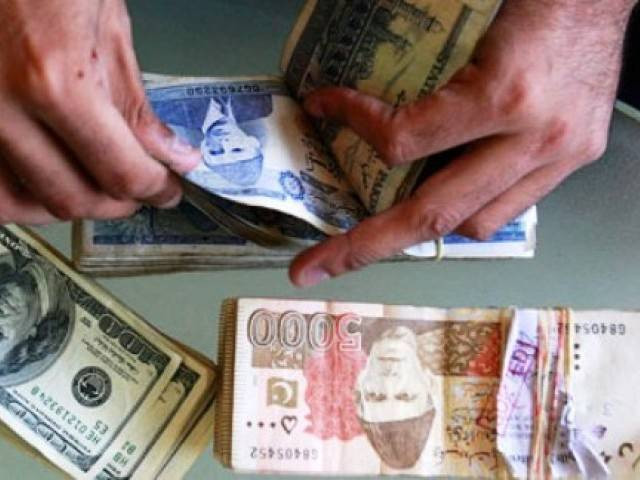
 Business7 days ago
Business7 days agoInvestors are packing up; Pakistan must ask why | The Express Tribune
-

 Tech1 week ago
Tech1 week agoAI in an ‘industrial bubble’ but will benefit society: Bezos
-
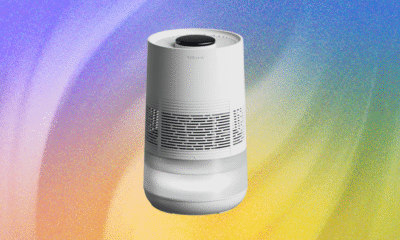
 Tech1 week ago
Tech1 week agoCombat Dry Indoor Winter Air With a New Humidifier


